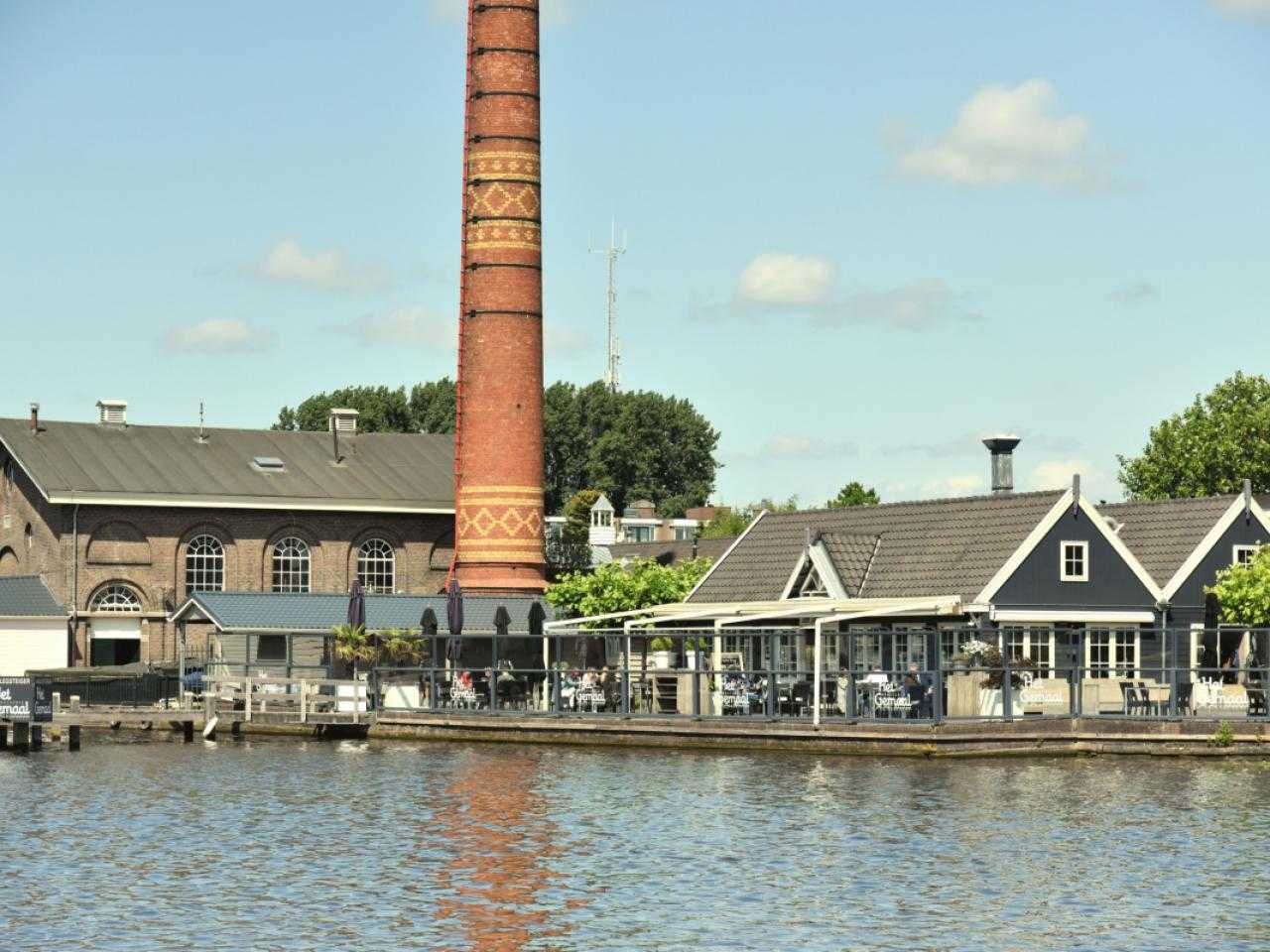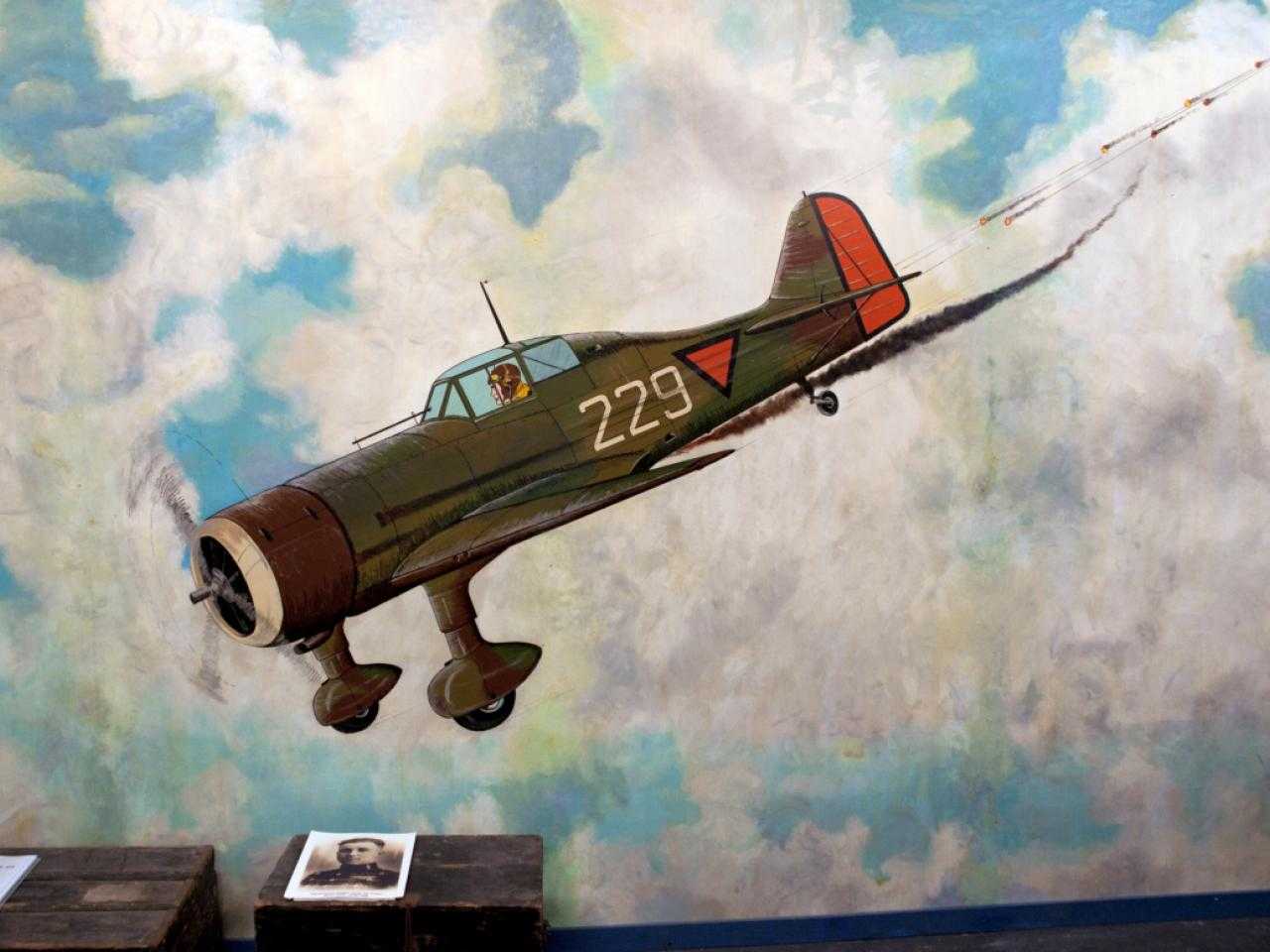Elise van Melis, director of the Cruquius Museum
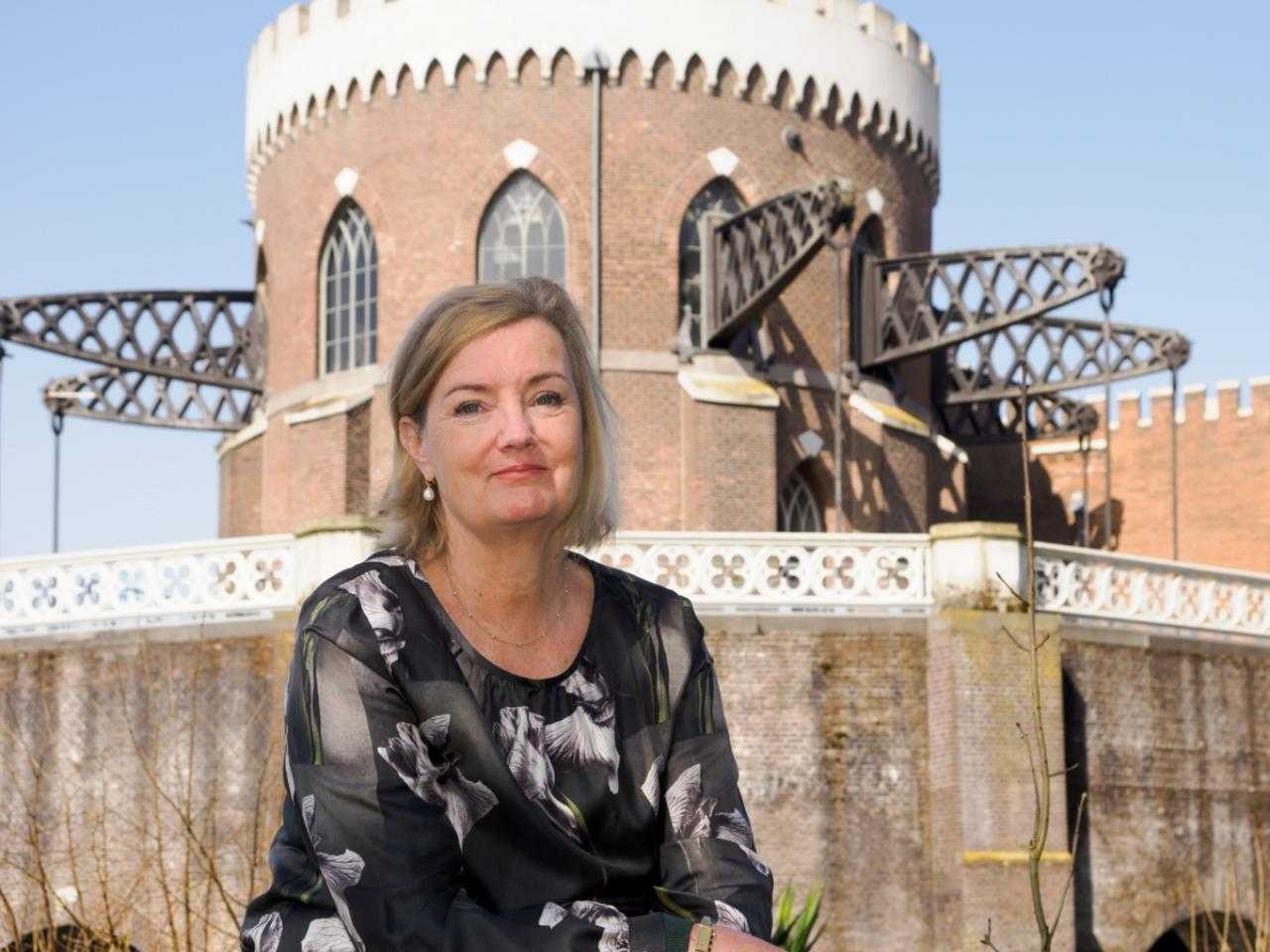
Elise, what is your link with Haarlemmermeer?
I have been circling in and around the polder for a large part of my life. In 2001 I started my position at the Historical Museum Haarlemmermeer. In 2001 I started in Haarlemmermeer as a curator at the Historical Museum Haarlemmermeer. I did a museum education and studied art history, specializing in the 19th century. I find the history of that period, with the developments that took place around Haarlemmermeer, extremely fascinating.
Many people think that Haarlemmermeer has little past, but this is not true. Here, too, history is on the street. The Romans have also been here, the war period has also been drastic here. With the story poles in places where history has taken place, we point the Haarlemmermeer residents to their history. All this has contributed to the development of today's landscape.
How are the museums where you work connected?
The Cruquius Museum is located in the Gemaal De Cruquius, which came to a standstill in 1933. Here we tell the story of the threat of the water wolf. And about the guts that King Willem I has shown to subdue the water wolf. We also show how the Haarlemmermeer was finally drained with the new steam technology.
The Historical Museum picks up from there. We tell the public about the developments of the Haarlemmermeerpolder from 1852 to the present day. You can follow this story on the basis of objects, photos and videos. You walk through history, as it were.
The Historical Museum originated from the Meer-Historie association, which at one point no longer had room for all the objects. This association has been collecting everything about the heritage of Haarlemmermeer since 1972. The Meer-Historie magazine of the same name is published four times a year. This magazine is full of stories about the past of Haarlemmermeer: from the first bakery to the activity of today.
In 2014, the three former foundations merged. This allows us to tell, manage and share the story about the special history of Haarlemmermeer from a single source.
Many people think that Haarlemmermeer has little past.
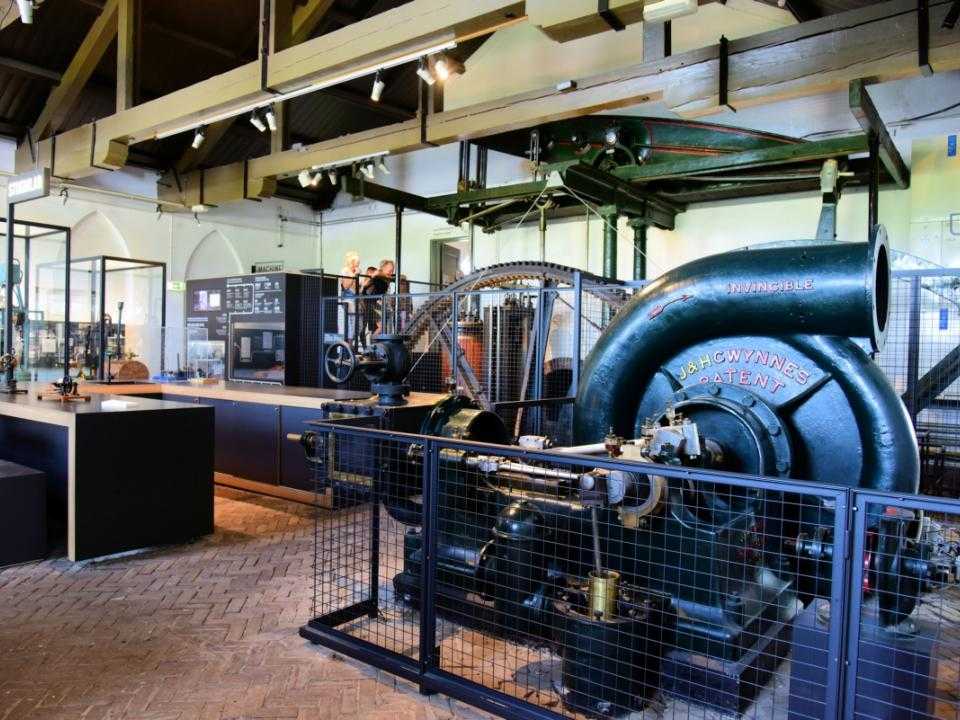
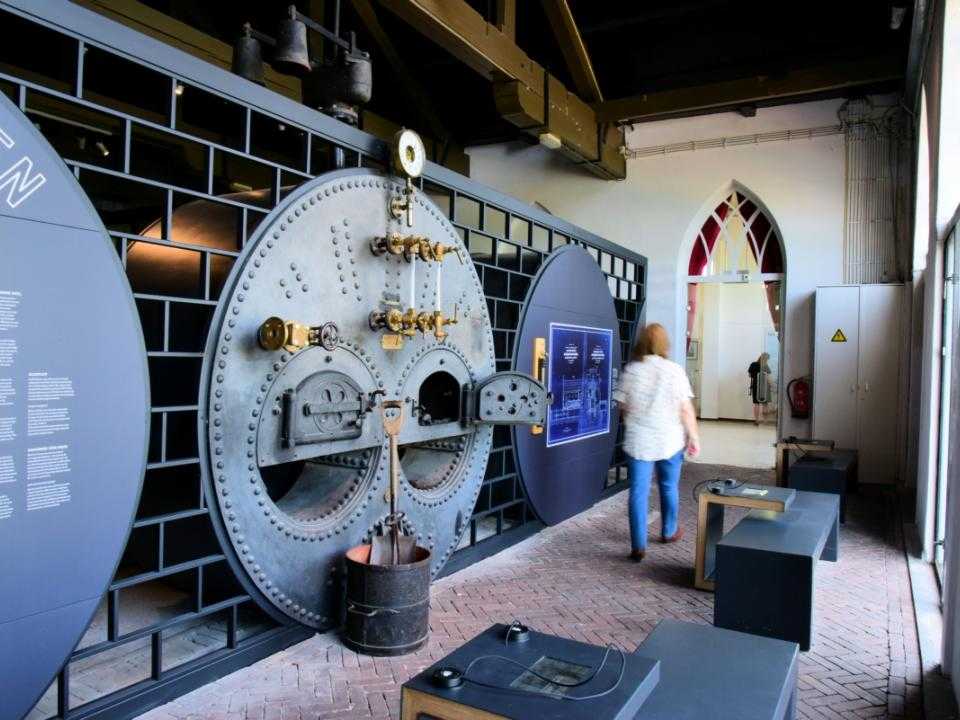
A new museum is also being built. Can you tell me a little more about this?
The merger of the museums is complete on paper, but it is actually being brought together in one place. We are going to build a completely new museum on the site behind the Cruquius pumping station. The architects have now completed the drawings and calculations and almost all permits have been obtained. We hope to start construction this fall.
Our goal is to be able to open the renovated museum in 2024, with new exhibitions and a shop. We haven't decided on the name yet, we are still busy brainstorming about this. The Tea House De Cruquius will also be connected to the new museum. This restaurant is a former supervisor's house and is now also a well-known hotspot in Haarlemmermeer.
What do you think makes the Cruquius Museum unique in Haarlemmermeer?
If you just look at the architecture of the pumping station, you can see that it is special. This is actually a traditional Dutch story. How this was solved in the 19th century with the special steam technique and with the largest Cornish steam engine in the world. You can still experience this as a visitor. For this you can visit the engine room in the Cruquius Museum.
Here you can see how the steam engine moves, what it smells like and what noise it makes. That's exactly how it was in the 19th century. Looking at the past is not only looking back, but also looking forward. You can see how you can now learn from this and develop further on the basis of this.
In the Cruquius Museum you can see exactly how the steam engine moves, what it smells like and what noise it makes.
How are the residents of Haarlemmermeer involved in the organization?
Our organization works with about 225 volunteers. These are all people who have a personal connection with Haarlemmermeer. For example, because they have worked at Schiphol, owned a farm, or have lived here for more than 50 years. Our volunteers dedicate themselves with great enthusiasm to the Haarlemmermeer heritage. They are very involved in the story of Haarlemmermeer.
The public is of course also important to us. These are the students of the many schools in the area. But also interested visitors or families who want a nice day out.
We also organize the weekly story table. This is a permanent club of residents who meet weekly to exchange stories about Haarlemmermeer and about the past. We extract points of reference from this that we use for the benefit of our collection or for the design of the new museum.
What are you proud of in Haarlemmermeer?
That we, together with the team and the many volunteers, can commit ourselves to the management and preservation of the rich history of Haarlemmermeer. We do this in a different way every time to connect with the audience again and again. Think of new construction, the magazine or the story posts. History never stands still. Not at all in Haarlemmermeer.
I cordially invite everyone to join us special mill en the museum to visit. And discover for yourself how exactly this works.
